November 16, 2015
What You Didn’t Know About Manatees in Honor of Manatee Awareness Month
Estimated reading time: 0 minutes
BY: Alison Shapiro
Topics:
In warm, coastal waters lurks a major problem— manatee populations are on the verge of being washed away forever. All three species of manatees today are listed as vulnerable to extinction by the IUCN Red List, a status that has lasted for almost 30 years.
All November, Manatee Awareness Month aims to educate and bring attention to the threats facing these gentle marine mammals, which is especially important considering most manatee deaths are caused by humans.
To celebrate the infamous sea cow, we’ve gathered the most interesting facts you should know about manatees, like how they earned the nickname sea cow and which four-legged mammal they’re actually related to.
Manatees have been mistaken for real-life mermaids.
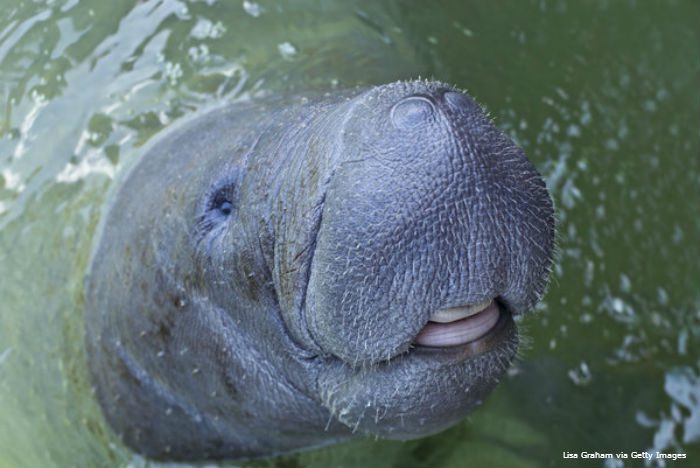
The three species of manatees, as well as the closely related dugong, belong to the scientific order Sirenia. In ancient mythology, “sirens” were beautiful creatures that lured sailors and their ships to treacherous, rocky shores using mesmerizing songs. But, what sailors thought were mermaids emerging from the sea were more likely manatees or dugongs that sometimes similarly poke out of the sea. As such, the manatee has helped perpetuate the myth of mermaids for thousands of years.
Though known for having one of the smallest brains, manatees are very intelligent.
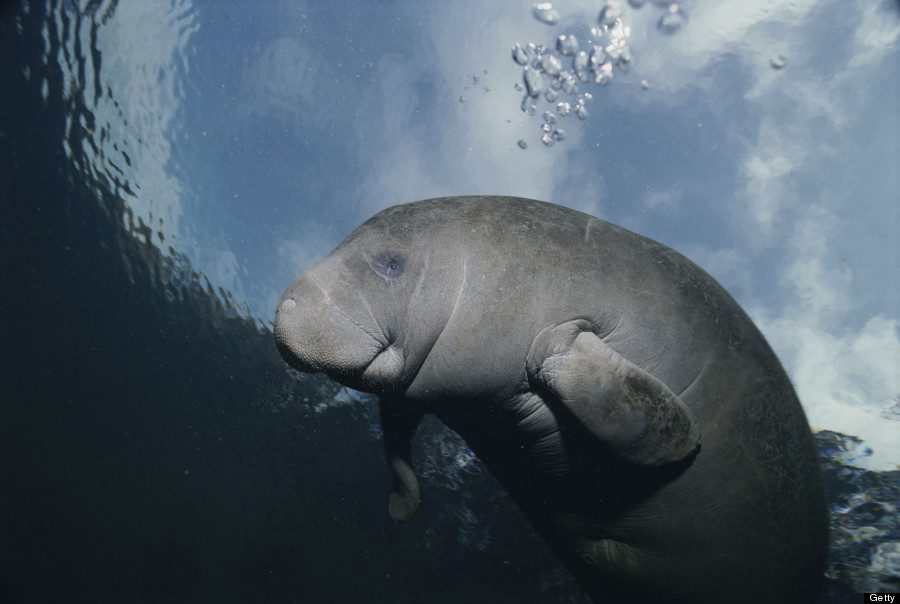
Even though manatees have the lowest brain-to-body ratio of any marine mammal, a study found that manatees are as adept at experimental tasks as dolphins, one of the smartest animals on the planet. Additionally, manatees have unique physiology, brain organization and sensory abilities, like a highly developed sense of touch thanks to thick hairs called vibrissae that envelop its whole body. Scientists have found that evolution in the manatee’s brain has allowed it to perfectly adapt to its environment.
Despite the nickname “sea cow,” manatees are more closely related to another four-legged mammal.
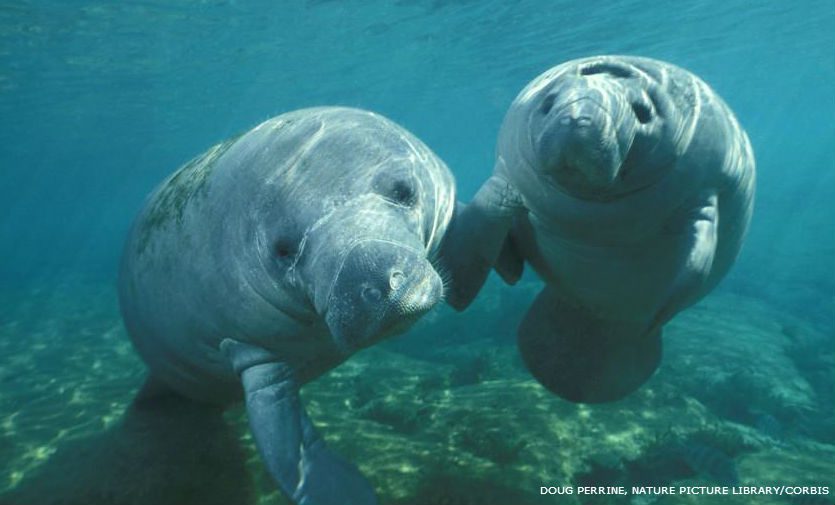
It has been suggested that manatees evolved from four-legged land mammals over millions of years, and that the closest relative to today’s manatees is elephants. Manatee’s flippers, except for the Amazonian manatee, have vestigial toenails, evidence of claws that they once had when living on land. The nickname sea cow is most likely just in reference to manatee’s slow nature and large stature.
Manatees are the ocean’s largest herbivores, and have a gluttonous appetite.
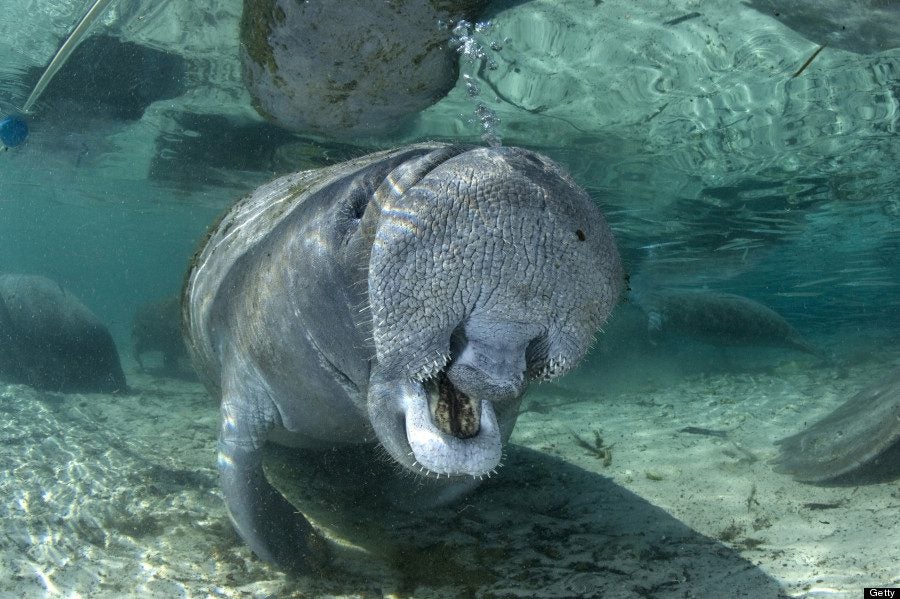
Manatees exclusively eat sea grass, weeds and algae, which explains why they spend so much of their day underwater surrounded by plentiful sea grass beds. It may also explain why they eat so much daily, since this sort of vegetation is not necessarily rich in calories. A manatee can eat a tenth of its own body weight, which could be up to 1,300 pounds, in just 24 hours.
Manatees have extraordinary breathing behaviors and can hold their breath for up to 20 minutes underwater.
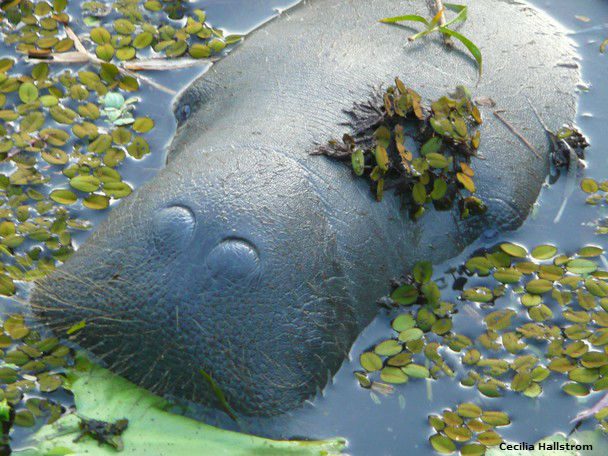
Manatees are uniquely built with separate cavities for each of its lungs, so unlike humans who have just one diaphragm, manatees have separate “hemi-diaphragms.” This allows them to replace larger percentages of air in their lungs so that they don’t have to resurface for oxygen as often. While humans can generally replace about 10 percent of the air in their lungs with a single breath, manatees in comparison can renew about 90 percent of the air in their lungs.
The largest relative to the manatee once weighed as much as a school bus.
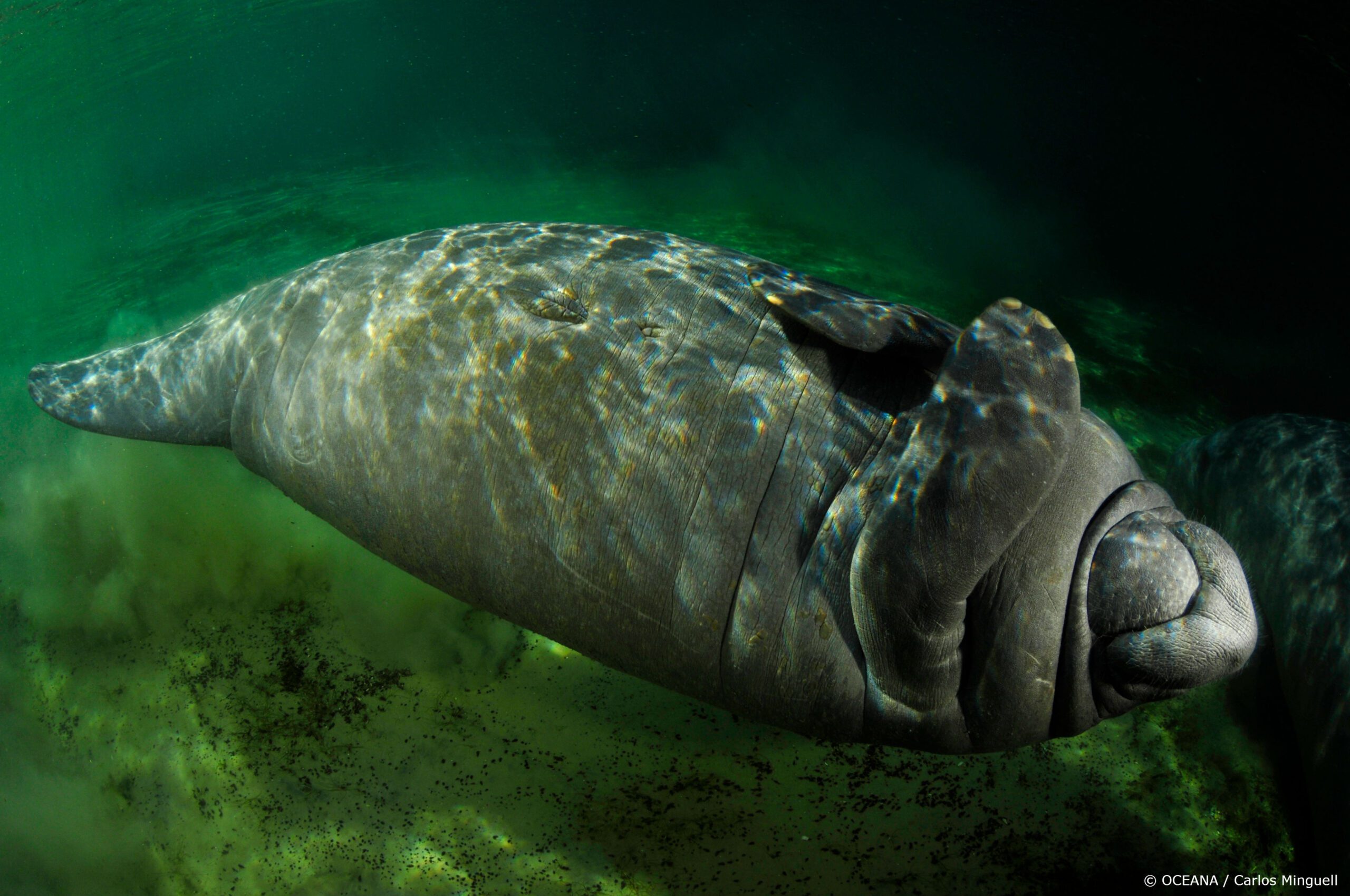
What was once the largest member of the Sirenia family was first described by the German naturalist George Wilhelm Steller in 1742. The aptly named Steller’s sea cow lived in much of the Pacific Rim, but by the 18th century was concentrated around just two islands- the Bering and Medny Island. Just 30 years later, that sea cow, which could equal the weight of a fully-loaded school bus, was hunted to extinction. It has been suggested that a trophic cascade initiated by the massive hunting of sea otters contributed to its demise. Without sea otter predators, sea urchin populations soared, creating competition for the sea cow’s diet of kelp.
Manatees are protected by the U.S. Endangered Species Act, but remain threatened today.
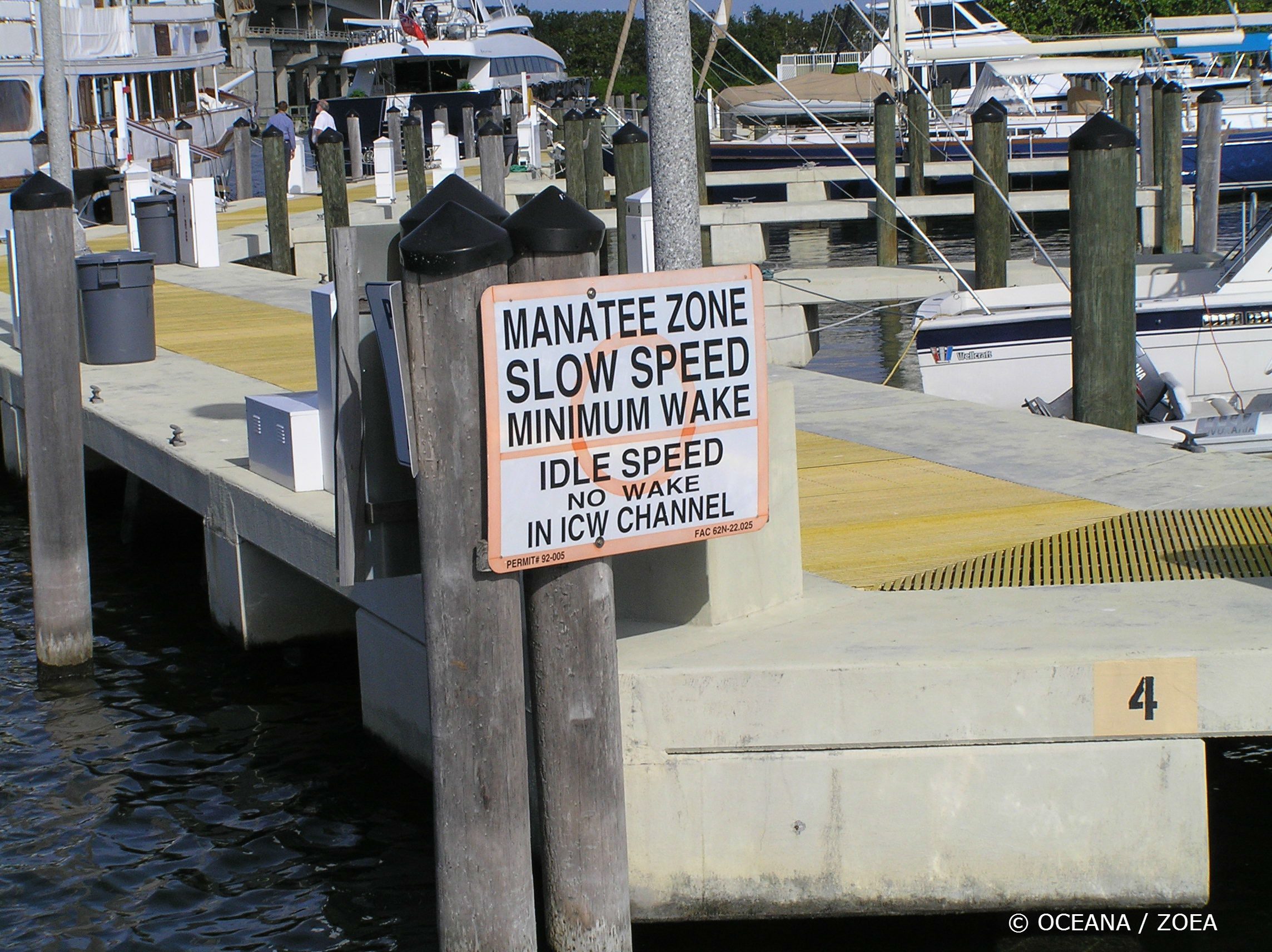 The leading threat to manatees is collisions with boats and propellers that can strike a manatee, leaving serious and sometimes deadly wounds. Even surviving manatees can be seen with scars on their backs from close encounters with watercraft. And, vessel traffic is not expected to get any better.
The leading threat to manatees is collisions with boats and propellers that can strike a manatee, leaving serious and sometimes deadly wounds. Even surviving manatees can be seen with scars on their backs from close encounters with watercraft. And, vessel traffic is not expected to get any better.
According to the IUCN, in 2005 there were more than 1 million registered vessels in Florida, where a large population of manatees live. Given that the number of registered vessels in the state has increased an average of almost three percent each year since the 1980’s, and does not include visiting boaters to Florida, manatees are looking at a grim future unless something is done.
Besides watercraft, manatees suffer from habitat loss, harassment by humans who wish to feed or touch wild manatees, and red tide, a naturally-occurring toxic algae ingested by manatees eating sea grass.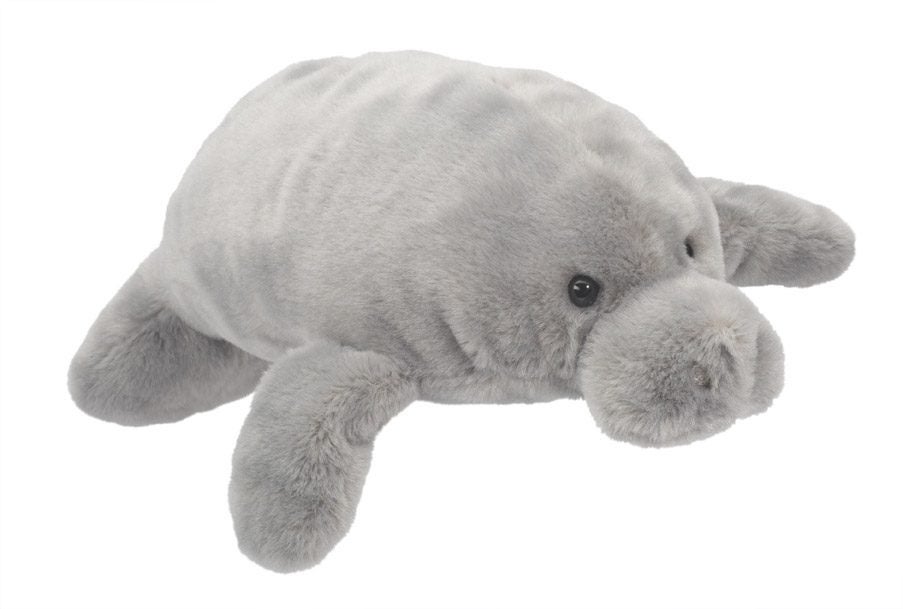
Starting this holiday season, you can symbolically adopt a manatee from Oceana’s store, which make great gifts while also helping to support Oceana’s critical work to protect the oceans and its endangered species. And, check out our Marine Life encyclopedia to learn more about manatees.

